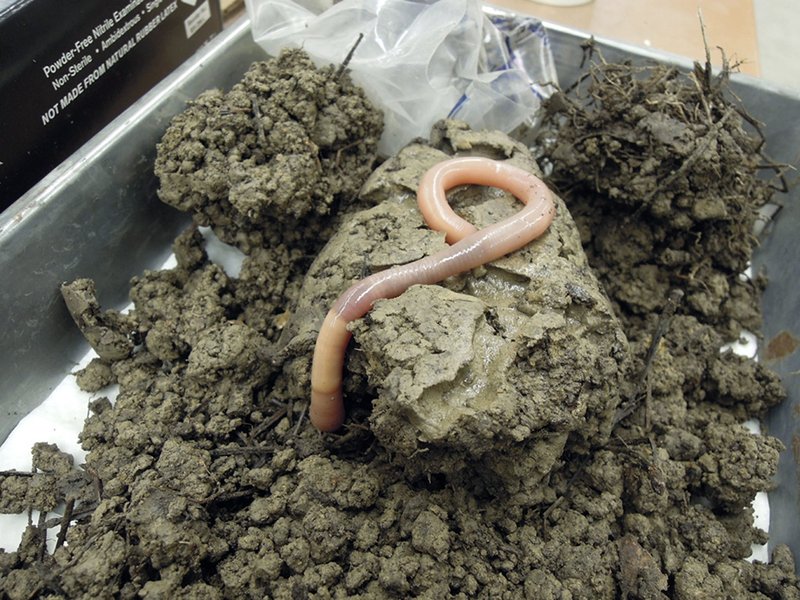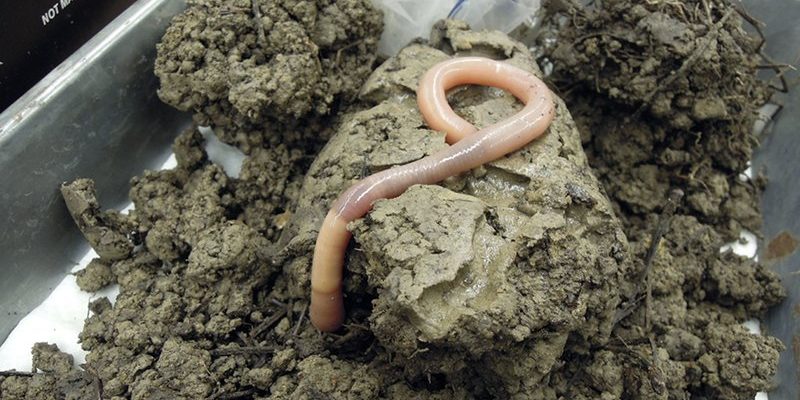
The Giant Palouse Earthworm faces numerous challenges in its underground home, including predators and various environmental threats. Just like a delicate ecosystem can crumble under the weight of change, so too can the population of these worms diminish due to a variety of factors. Let’s dive into what’s threatening their existence and why it matters to the greater environmental picture.
Understanding the Giant Palouse Earthworm
To appreciate why the Giant Palouse Earthworm is worth protecting, it’s essential to understand what makes it special. This species is unique not just because of its size, but also due to its role in aerating the soil and enhancing soil fertility. When they burrow underground, they help mix organic matter into the earth, creating a rich environment for plants and other organisms.
Giant Palouse Earthworms are also significantly sensitive to their environment. They thrive in moist, loamy soils rich in organic material. Their lifestyle makes them vulnerable—when their habitat changes, it doesn’t just affect them; it impacts the entire ecosystem. If you can imagine a house of cards, one slight change can make it all come tumbling down. That’s exactly what’s happening to these earthworms as they face increased threats from predators and changing environmental conditions.
Predators of the Giant Palouse Earthworm
Just like any other species, the Giant Palouse Earthworm has its fair share of predators. Birds, mammals, and even other insects love to feast on these worms. Some notable predators include:
- Birds: Many species, including crows and robins, are quick to snatch earthworms from the surface.
- Mammals: Animals like moles and shrews dig underground to hunt for earthworms, often leading to a decline in their populations.
- Insects: Certain beetles and ants can pose a threat to the young earthworms, especially during their vulnerable stages.
These predators are a normal part of the food chain, but as changes in the environment occur, the balance can get disrupted. If the number of predators rises without a corresponding increase in the earthworm population, it can lead to a sharp decline in their numbers.
Habitat Loss and Its Impact
One of the most significant environmental threats that affect the Giant Palouse Earthworm is habitat loss. Human activities like agriculture, urban development, and land conversion drastically alter the natural landscape. Imagine trying to live in a building that’s constantly being torn down and rebuilt—that’s what these earthworms face when their habitats are disrupted.
The Palouse region has shifted from its natural grasslands to more agricultural land, which limits the earthworms’ living space. Modern farming practices can also lead to soil compaction and nutrient depletion, making it an unwelcoming environment for our earthworm friends. Without the right habitat, these worms can’t thrive, and their populations dwindle.
Climate Change and Its Effects
Climate change is a looming threat that impacts many species, including the Giant Palouse Earthworm. Rising temperatures, changing rainfall patterns, and extreme weather events can all contribute to habitat degradation. When you think about it, it’s like trying to survive in a changing game with new rules that you didn’t sign up for.
For the Giant Palouse Earthworm, drier conditions can reduce moisture in the soil, making it harder for them to thrive. With less moisture, they can’t move, reproduce, or feed effectively. The stresses of climate change compound existing threats, creating a perfect storm that can lead to significant population declines.
Soil Health and Biodiversity
The health of soil in the Palouse region is crucial not just for the Giant Palouse Earthworm but for the overall biodiversity of the area. Healthy soil supports diverse plant life, which in turn provides food and habitat for countless organisms. Without the Giant Palouse Earthworm, soil health can suffer, leading to a domino effect on other species.
Think of the earthworm as a silent worker, tirelessly aerating the soil and enriching it with nutrients. Their interactions with the soil ecosystem are vital—when their numbers fall, the entire system can fall apart. This highlights the importance of protecting not just the giant worms, but also the soil habitat they depend on.
Conservation Efforts and Hope for the Future
The good news is that there are conservation efforts in place to protect the Giant Palouse Earthworm and its habitat. Organizations are actively working to restore the natural landscape, promote organic farming practices, and raise awareness about the importance of this unique species. These efforts can include:
- Habitat restoration: Replanting native vegetation helps improve the soil environment.
- Education: Informing farmers and the public about sustainable practices that support earthworm populations.
- Research: Studying the earthworm’s habits and needs to form better conservation strategies.
These actions represent a beacon of hope. While challenges abound, understanding the threats to the Giant Palouse Earthworm is the first step toward protecting them.
The Giant Palouse Earthworm may not be a household name like some other famous species, but it plays an essential role in maintaining the health of its ecosystem. Their struggles against predators and environmental threats tell a larger story about the interconnectedness of all living things. Protecting these worms is not just about saving a single species; it’s about preserving the delicate balance of nature in the Palouse region.
As we work together to promote sustainable practices and address these environmental challenges, we can create a healthier future for the Giant Palouse Earthworm and the many life forms that rely on it. After all, the tiny ones beneath our feet have a much bigger impact than we might think. 🌍

